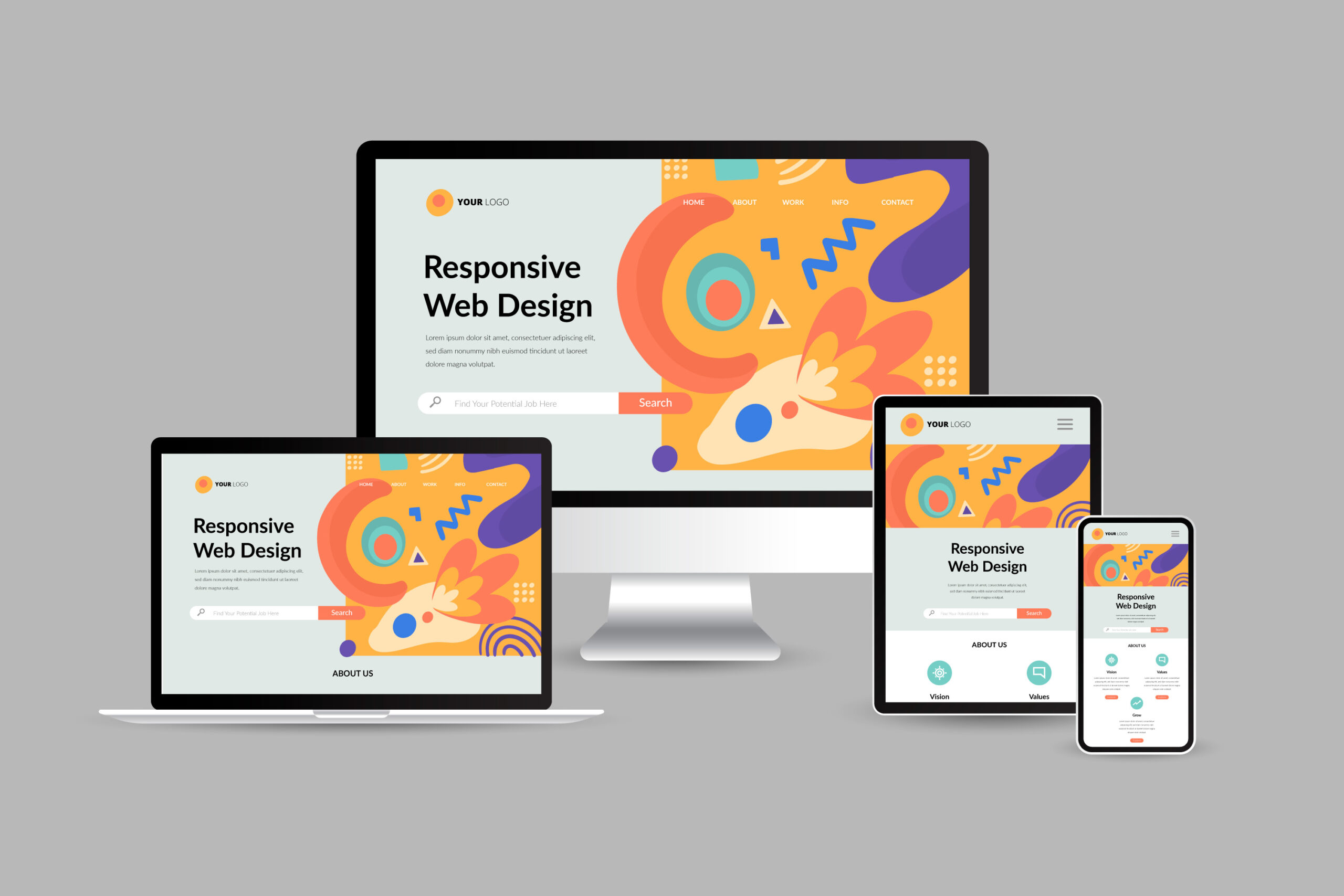If Your Marketing Feels Like Yelling Into the Void…
You might be broadcasting when you should be narrowcasting.
Here’s the thing: not all marketing is about reaching more people. Sometimes, the smarter move is reaching the right people.
If you’ve ever wondered why your posts aren’t getting traction, or why your ad spend isn’t delivering ROI, this post is for you. Let’s break down what broadcasting and narrowcasting actually mean — and how to use each one in a way that works for your business.
What Is Broadcasting?
Broadcasting is what it sounds like — you’re casting a wide net and hoping your message reaches someone who cares. It’s all about mass communication, and it’s usually not very specific.
Common examples of broadcasting:
- TV commercials
- Radio ads
- Billboards
- A boosted Instagram post sent to “everyone in the country”
- A generic newsletter sent to your whole list
The goal? Maximum visibility.
The problem? You’re paying to reach people who might not be even remotely interested.
But in the words of Alexis Rose — love your enthusiasm.
@ew.david8 There is no way you're getting tickets for that show but I love your enthusiasm #schittscreek #schittscreekalexis #alexisrose #tiktok #fyp #schittstok #tickets #enthusiasm
♬ original sound - Ew David
What Is Narrowcasting?
Narrowcasting is about targeted communication — speaking directly to a specific audience with a clear, relevant message.
- A Facebook ad targeting local pet owners with a dog grooming special
- An email campaign just for past customers who haven’t returned in 3 months
- A LinkedIn post written specifically for real estate agents
- A workshop invite for Philly-based entrepreneurs
It’s not about scale — it’s about relevance.
When you narrowcast, you’re intentionally limiting your reach to increase your results.
Broadcasting vs. Narrowcasting: Quick Comparison
- Strategy
- Audience
- Message
- Reach
- Cost efficiency
- Use case
- Broadcasting
- Broad, general public
- One-size-fits-all
- Large
- Lower ROI if untargeted
- Awareness campaigns, mass exposure
- Narrowcasting
- Specific group or niche
- Tailored to the audience
- Focused
- Higher ROI with proper targeting
- Conversions, engagement, loyalty
So, Which One Should You Use?
It depends on your goals — but if you’re a small business, personal brand, or tight on marketing budget, narrowcasting is almost always the smarter play.
Broadcasting is best when:
- You’re launching a big campaign or event
- Brand awareness is your top priority
- You have the budget to get broad exposure
Narrowcasting is best when:
- You want better conversions, not just reach
- You’re targeting a specific industry, location, or buyer type
- You need to get the most out of a limited budget
- You want to build deeper customer relationships
Real-World Example: Let’s Say You Own a Coffee Shop in Philly
Broadcasting:
You run a Facebook ad targeting everyone in Pennsylvania. You get a bunch of views, but most of them live two hours away and aren’t stopping by for coffee on a random Tuesday morning.
Narrowcasting:
You run an Instagram ad targeting people within 5 miles of your shop who follow similar businesses or have visited coffee-related pages. You also offer a 10% off coupon for first-time visits.
I think we can all correctly guess which one brings more people through the door?
Why This Matters for SEO, Too
You might be thinking: “But what does this have to do with SEO?”
When you narrowcast — whether through email, content, or paid ads – you’re using keywords and messaging that match what your ideal customers are searching for. You’re optimizing for intent, not just traffic.
That’s when Google turns searches into clicks and clicks into customers.
Don’t Just Shout — Speak Directly
You don’t have to go viral. You just need to show up in the right place, with the right message, for the right people.
That’s the magic of narrowcasting.
If you’ve been broadcasting because it’s all you’ve known, it might be time to shift your strategy.
Need Help Reaching the Right Audience?
We help businesses focus on who they’re speaking to and how to reach them with precision instead of a guessing game.
